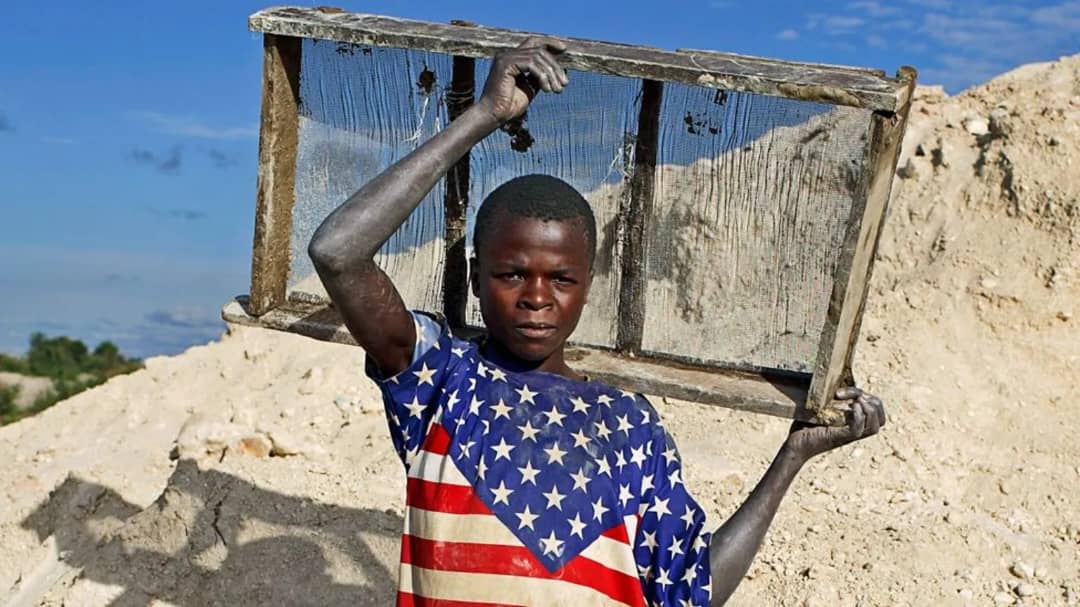China's Q1 Economic Growth Surpasses Expectations Amid Tariff Turmoil: Will Beijing's Response Be Enough?
- by Li Wei, Beijing, RNG247
- about 6 months ago
- 105 views

China's economy showcased resilience in the first quarter of 2025, with a growth rate of 5.4%, matching the previous quarter and exceeding the consensus forecast of 5.1%. While this robust performance reflects solid consumption and industrial output, looming U.S. tariffs present significant challenges that could unravel the progress made.
Data released today revealed that retail sales surged by 5.9% year-on-year in March, supported by strong demand for home electronics and furniture driven by government incentives. Additionally, industrial output accelerated to a growth rate of 7.7%, up from 5.9% in earlier months. This encouraging performance, however, is overshadowed by the increasing economic strain caused by escalating trade tensions with the United States.
President Trump’s aggressive tariffs on Chinese goods—now at historical highs—have forced Beijing to retaliate with substantial duties on U.S. imports. This ongoing clash has intensified uncertainty for both economies, raising alarms in financial markets already beleaguered by signs of a slowing global economy.
Nomura economists highlighted the dual challenges facing China's economic landscape, pointing out the compounded effects of a faltering domestic property market alongside disruptive external trade conflicts. "The trade war with the U.S. poses unprecedented risks to China's export-driven growth, necessitating a forceful and timely policy response from the government," remarked Xu Tianchen, a senior economist at the Economist Intelligence Unit.
Although the export sector has experienced some relief, with China's trade surplus reaching a staggering trillion dollars last year, longer-term forecasts are dimming. Analysts predict that the trade tensions will dampen economic activity in subsequent quarters. Following the newly imposed U.S. duties, financial institutions have begun revising their growth projections significantly downward, with UBS recently lowering its outlook to an alarming 3.4% for 2025, based on expectations of further tariffs and the need for additional government stimulus.
The trade friction also comes at a time when China is grappling with internal economic pressures, including rising unemployment and persistent deflation. In the first quarter, the property sector continued to falter, with a year-on-year investment decline of 9.9% and no change in new home prices in March. These factors contribute to a complicated recovery landscape, where recent growth figures may not capture the overall health of the economy. "Good GDP numbers do not equate to a healthy economy," cautioned Raymond Yeung, ANZ's chief China economist, who remains concerned about the potential for deflation and rising youth unemployment rates.
Despite this challenging backdrop, Chinese policymakers have reiterated their commitment to bolstering the economy. They cited ample tools available for stimulus, hinting at forthcoming measures following previous monetary easing initiatives undertaken late last year. The prospect of further government intervention is clear, as the authorities attempt to navigate the treacherous waters of international trade dynamics while stimulating domestic consumption.
Given this precarious economic climate, all eyes remain on Beijing as it positions itself to address both domestic issues and external pressures from the ongoing U.S.-China trade war. The question is not whether more support measures will come, but rather how effectively they will mitigate the impending impact of tariffs on the world's second-largest economy.
















0 Comment(s)